What is Cleft?
Cleft are openings or splits in the upper lip, the roof of the mouth (palate) or both. Cleft lip and cleft palate result when facial structures that are developing in an unborn baby do not close completely. It occurs due to imperfections during fetal development stage. In the early stages of pregnancy, the face structures began to develop separately before joining together. If there is a failure on any part, then it may result with the cleft. Cleft lip and palate can occur either separately or together. Cleft defects are among the most frequently appear between 1 in 500 births.
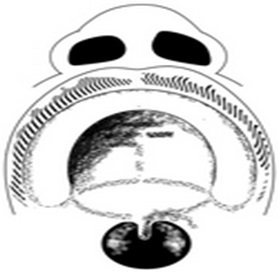 |
Normal Structure |
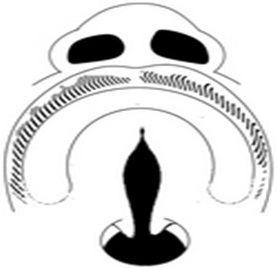 |
Cleft Palate |
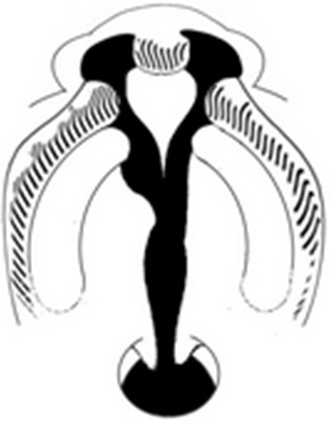 |
Bilateral Cleft Lip and Palate |
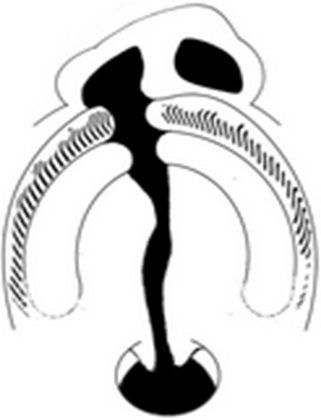 |
Unilateral Cleft Lip and Palate |
Source: www.clapam.org.my
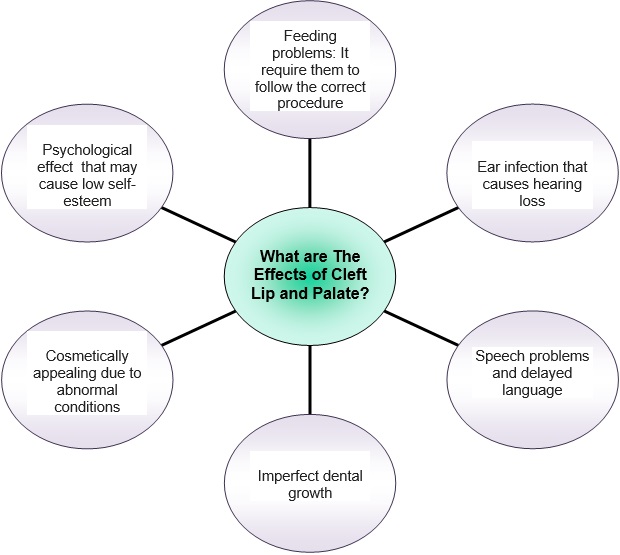
Effects of Cleft on Hearing
Cleft may also cause effect on hearing. This happened due to the opening of palate that makes the cleft children difficult to eat or drink. They need to follow the correct procedure during feeding as, they will swallow more air that can cause fluid to enter nasal space or middle ear.
Due to the mixing of food and drink through the ears or nose, children will be prone to have ear infections known as Otitis Media with Effusion. This infection may cause temporary hearing impairment. It is usually present in the first 6 months of life after birth in all babies and more frequently present in children with cleft lip or palate.
Other factor that contributes to the ear infection as well is malfunction of the tube that lies in between the ears and throat may also cause ear infection. The muscles that is responsible for controlling the movement of the tube for balancing the air becomes less effective due to incomplete palate development during pregnancy. Poor ventilation conditions have led eardrum to be more intense, and allowing fluid to mix into the middle ear space.
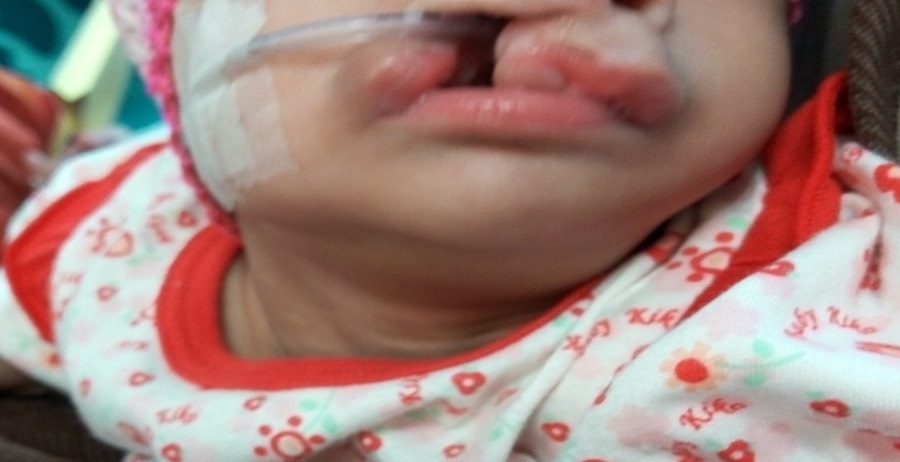
Source: Personal Savings Unit of Audiology Cheras Rehabilitation Hospital
Infection in the ear will cause children to suffer hearing loss due to decrease in hearing sensitivity, which is usually a temporary effect. The level of hearing among cleft children with hearing roblems usually ranges from mild to moderate in both ears or at one ear, with yet there are some isolated cases, which may develop a permanent hearing problem.
Therefore, early detection is very important to assure that it does not interfere with speech and language development of the child.
The Prevalence of Hearing Problems among Children with Cleft
Overall, a child who has at least a cleft lip and palate unilaterally shows the prevalence of higher ear infections than children without cleft. For children who have both types of cleft, studies show that 90 to 93% among those with middle ear infection will also have temporary hearing loss. While the hearing threshold shown higher average of hearing at mild hearing level.
The level of hearing impaired children with cleft is more severe than normal children who also having an ear infection. The hearing problem may persist into adulthood among in 20 to 30% to those with a cleft lip and palate as well as with the temporary hearing problem.
How are the Management and Intervention for the Child with Cleft?
There are some concerns that need to be considered for management of children with cleft and ear infection. These include the use of appropriate medications and surgery based on the severity of the case. In addition, a hearing test should be performed periodically to monitor the level of hearing as well.
The primary stage for detection of hearing loss in cleft children is through Newborn hearing screening. Most hospitals in Ministry of Health have a Hearing Screening Program for babies. Therefore, through this program, children with cleft can be detected earlier and thus intervention program can be initiated. It aims to optimize stimulation of speech and language development for the first year of life.
In the hearing screening stage, a special device will be used to record a response from babies and a fast result will be shown. Babies, who failed the hearing screening test, will receive a follow-up appointment for a full diagnostic assessment and to monitor the middle ear condition. Infant who have been diagnosed with hearing problem will receive treatment and early intervention in less than 3 months.
| Some studies have indicated that the level of hearing in children with cleft become less as they grow older. However their problem in acquisition towards higher pitch such as /s/ and /f/ remain unchanged. |  |
A hearing aid is an option for those suffers with hearing problems. A hearing aid is function to amplify sound signal according to the degree of their hearing loss. This is to allow the hearing impaired children to hear better thus stimulate their speech and language development.
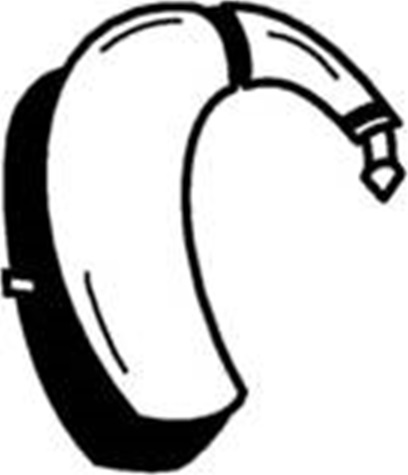 |
A good and appropriate selection of hearing aids according to the hearing level, as well as other optimized specification enable the cleft children with hearing impairment hear better. Consequently, these will allow them to involve in comprehensive auditory training and speech therapy session. Parents and caregivers are advised to follow the intervention program to stimulate the development of speech and language. |
Rujukan
- Flynn, T., Möller, C., Radoslava J. & Lohmander, A. 2009. The high prevalence of otitis media with effusion in children with cleft lip and palate as compared to children without clefts. International Journal of Pediatric Otorhinolaryngology, 73 (10): 1441-1446
- Orlagh, H., Donald, B., Peter, H. & Chris, J. 2005.The psychosocial effects of cleft lip and palate: a systematic review. European Journal of Orthodontics. Vol 27; 275-285
- Ramesh Kumar Sharma & Vipul Nanda. 2009 Problems of middle ear and hearing in cleft children. Indian Journal Plastic Surgery. 42(Suppl): S144–S148.
- Sheahan, P., Miller, I., Sheahan, J.N., Earley, M.J., & Blayney, A.W. 2003. Incidence and outcome of middle ear disease in cleft lip and/or cleft palate.International Journal of Pediatric Otorhinolaryngology Jul;67(7):785-93.
- Velasco, M. G., Ysunza, A., Hernandez, X. & Marquez, C. 1988. Diagnosis and treatment of submucous cleft palate: a review of 108 cases. Cleft Palate Journal, 25 (2): 171-173.
- Victoria, A. Jordan, M. D.,James, D. Sidman, M.D. 2014. Hearing outcomes in children with cleft palate and referred newborn hearing screen. The Laryngoscope, 124, (9)
E384–E388 - Wendy, M.Y. Kwan, Victor J. Abdullah, Kelvin Liu, C. Andrew van Hasselt, Michael C.F. Tong, 2011. Otitis Media With Effusion and Hearing Loss in Chinese Children With Cleft Lip and Palate. The Cleft Palate-Craniofacial Journal, 48 (6): 684-689.
| Last Reviewed | : | 4 August 2017 |
| Writer / Translator | : | Nurul Husna bt. Mohd Noor |
| Accreditor | : | Khadijah Azura bt. Salim |







